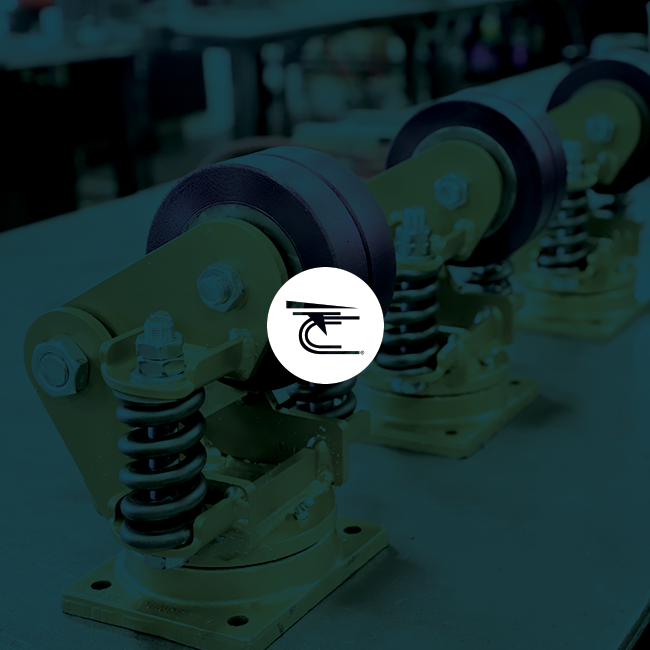

The Merriam-Webster dictionary defines heavy duty as
If we were to ask 10 different people how they would qualify heavy duty caster wheels, we would receive 10 different answers. All the answers would be relative to that persons experiences and environment. Someone who works in an office may think that the casters under a large copier are heavy duty, while a laborer in a production facility would regard the casters on a large trash gondola as heavy duty caster wheels.
All industrial casters are generally regarded as heavy duty casters, but within their own category, industrial casters may also be classified by duty. There are what may be considered standard duty, medium duty and heavy duty caster wheels, specifically within industrial casters. The difference between the duty rating is determined primarily by maximum weight capacities, but also includes factors like durability and construction.
While two completely different casters may have the same weight capacity, one may be rated as heavy duty while the other as medium duty, because of how they are constructed. Factors that determine that rating for an industrial caster include:
The duty proves to be very helpful when trying to determine the right caster for the application. While two casters may have the same maximum weight capacity, one caster may not fair so well in situations involving thrust loading, or environments where carts may be lifted and moved by a forklift.
Here at Caster Concepts, we are always ready to help you determine and provide the exact caster for your needs. Please feel free to contact us with any questions you may have, we’re available in so many ways:
email: customercentral@casterconcepts.com
Phone : 517-680-7950